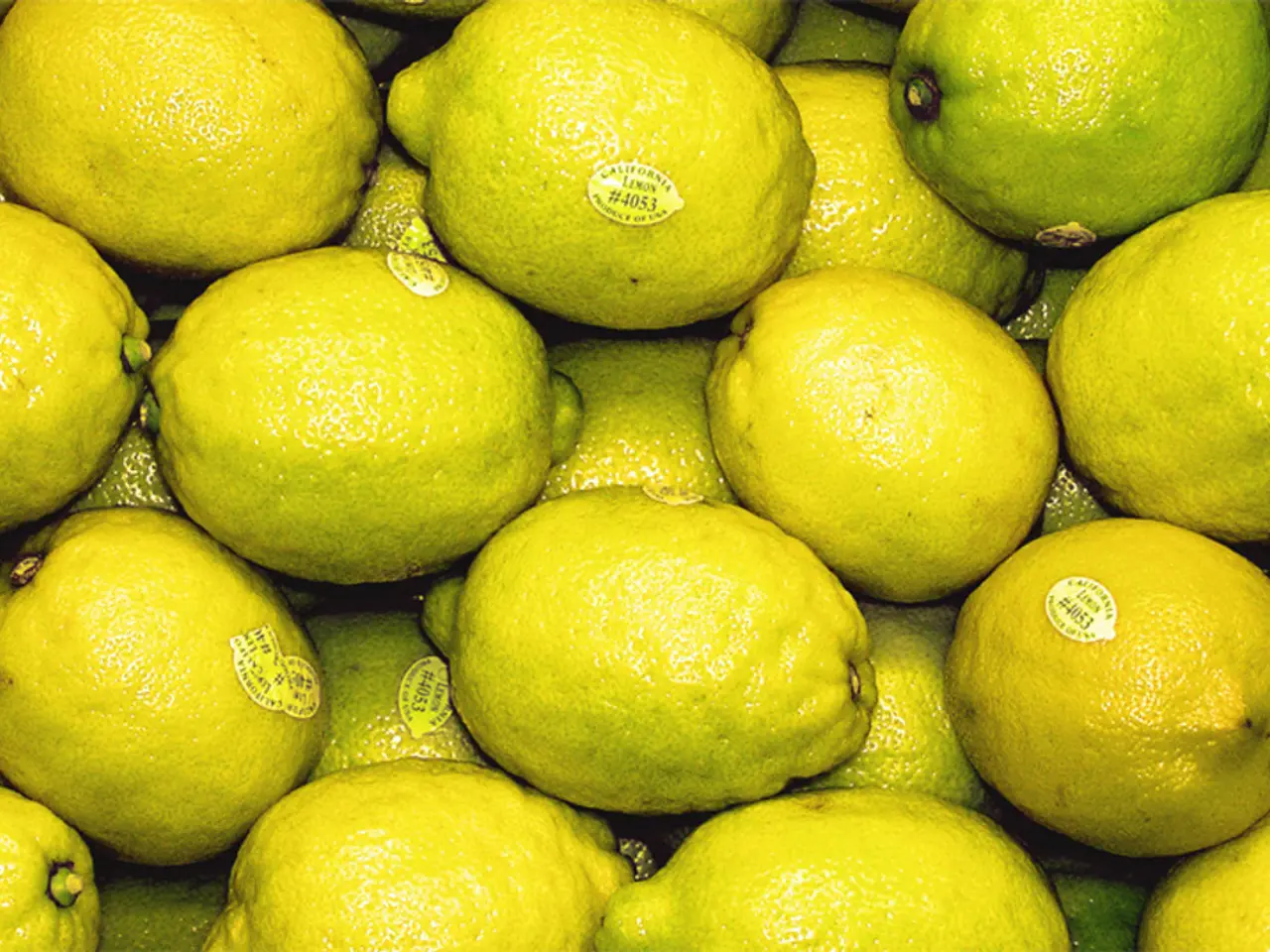Creating Hidden Inscriptions: Child-Friendly Science Projects
In a fun and engaging blend of science, art, and literature, kids can unleash their creativity by crafting unique messages and codes with invisible ink. This intriguing activity offers a multitude of benefits, from demonstrating chemical reactions to fostering critical thinking and problem-solving skills.
Invisible ink refers to substances that create marks or images not visible to the naked eye but can be revealed through specific techniques. Common household items like lemon juice or baking soda serve as invisible inks for educational purposes. For instance, to create invisible ink with lemon juice, write a message on paper with a cotton swab dipped in lemon juice, let it dry, and then apply heat to reveal the message.
Making invisible ink can also serve as a fantastic opportunity for children to learn about chemical reactions and properties of various substances. When exposed to heat, the hidden writing becomes visible due to chemical changes like oxidation. This hands-on experiment demonstrates basic chemical reactions and properties of materials, making abstract science tangible and exciting for students.
For creative activities, invisible ink adds an element of mystery and fun. Children or family members can write secret messages and decode them later with heat or UV light, encouraging problem-solving and exploration of scientific methods behind the invisibility and revelation of text. This can be expanded to treasure hunts or code-breaking games, blending literacy, art, and science.
Historically, invisible ink has served various purposes, such as secret communications, espionage, and creative storytelling. Engaging in the process of making invisible ink provides a fantastic opportunity for children to learn about its historical significance and understand how it has been used throughout history.
Safety precautions such as proper supervision, ventilation, and protective gear should be followed when using heat or chemicals, especially in classroom settings.
Invisible ink activities are excellent for: - Demonstrating chemical reactions and heat-induced changes. - Introducing concepts of oxidation and thermal decomposition. - Fostering curiosity through secret messages and spy-themed challenges. - Enabling interdisciplinary learning combining science, creativity, and critical thinking.
So, gather your lemons, baking soda, and a sense of adventure, and let the fun of invisible ink begin!
- By learning to create invisible ink at home, kids can not only foster creativity but also understand fundamental chemistry, such as oxidation and thermal decomposition.
- Engaging in the historical practice of invisible ink offers a unique learning opportunity for children to appreciate its significance in espionage, secret communications, and creative storytelling.
- Invisible ink activities can be integrated into the curriculum of health-and-wellness by teaching kids about safety precautions like proper supervision, ventilation, and protective gear when handling heat or chemicals.
- Educational activities centered around invisible ink provide ample chances for interdisciplinary learning, blending science, art, literature, personal growth, career development, education and self-development, fitness and exercise, and health-and-wellness.




